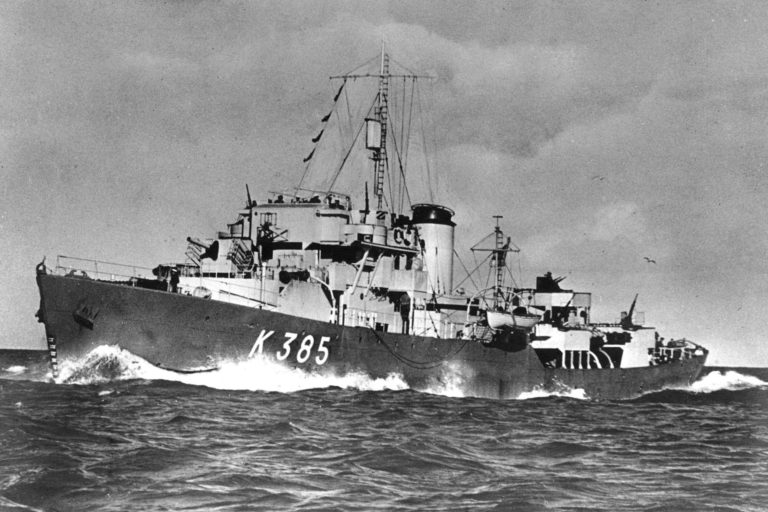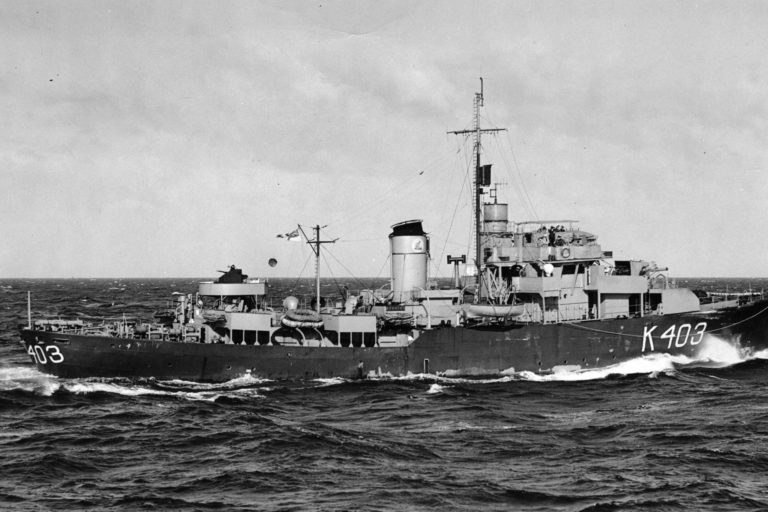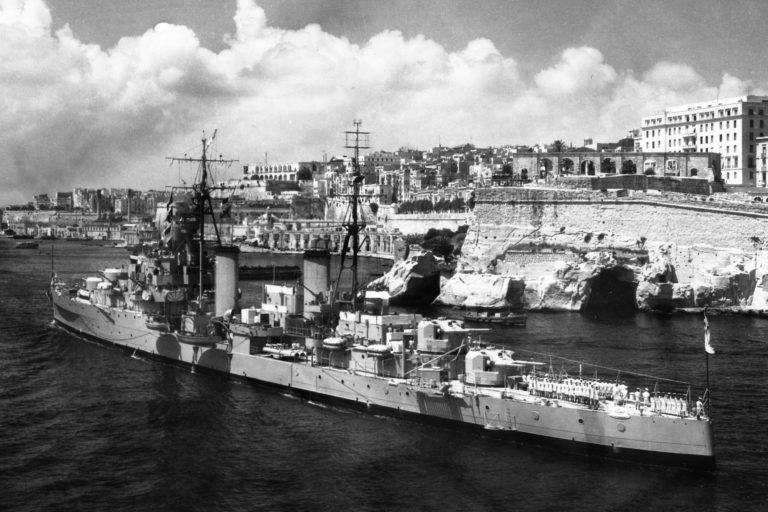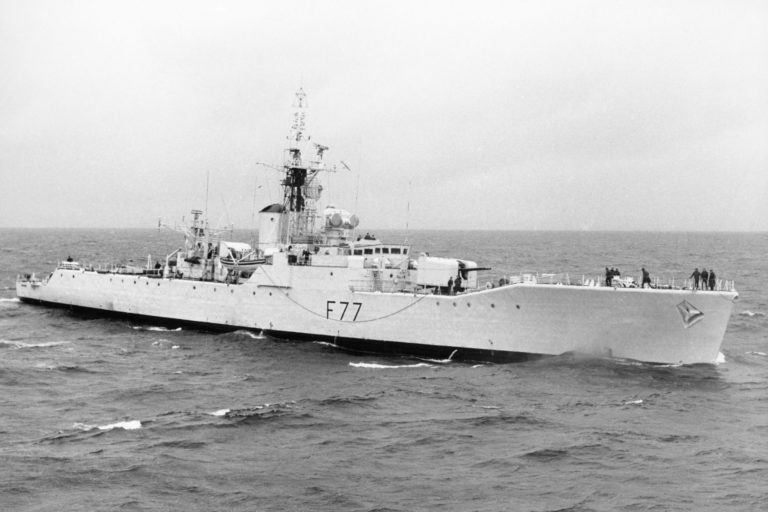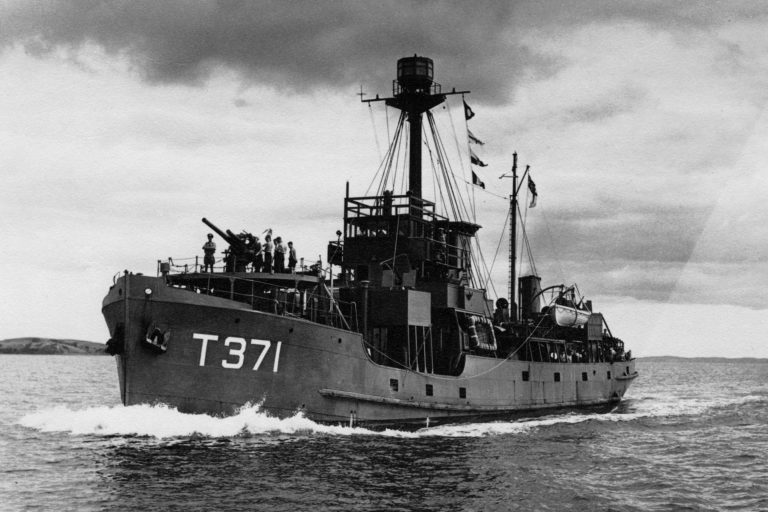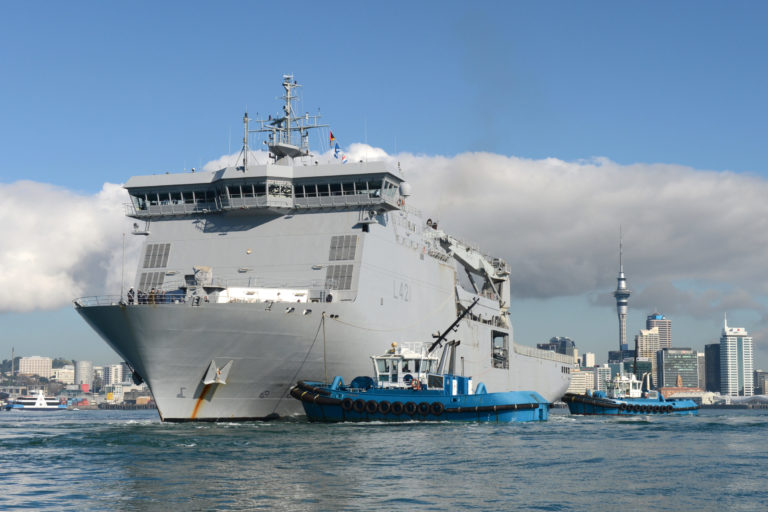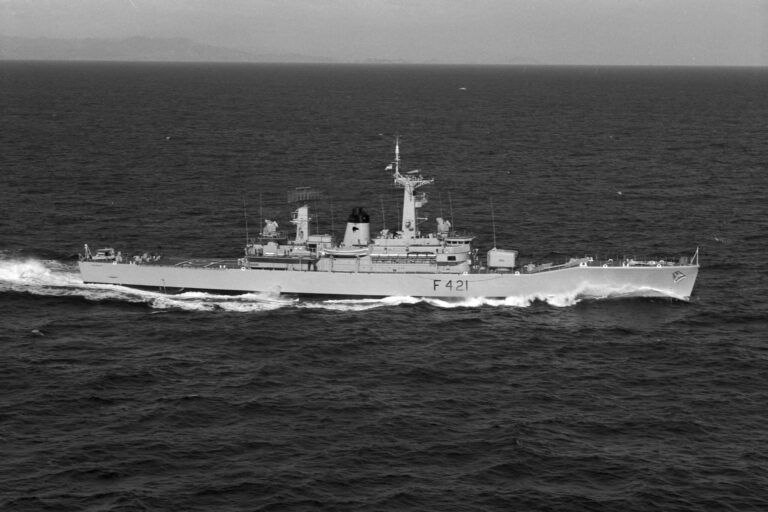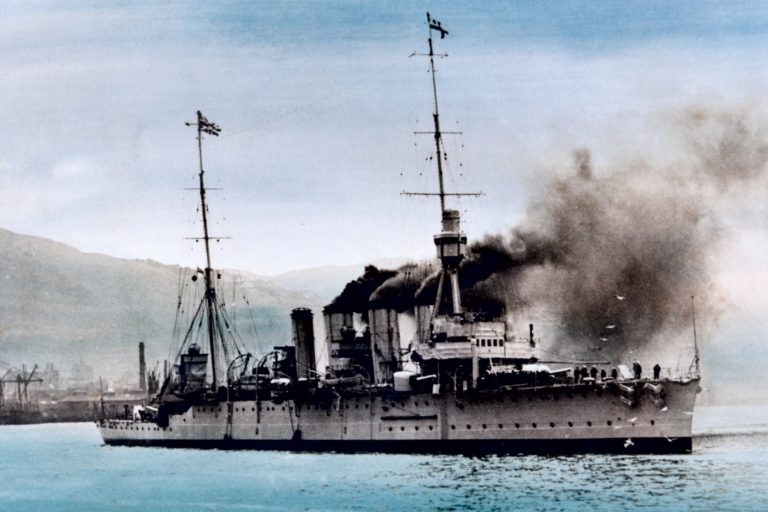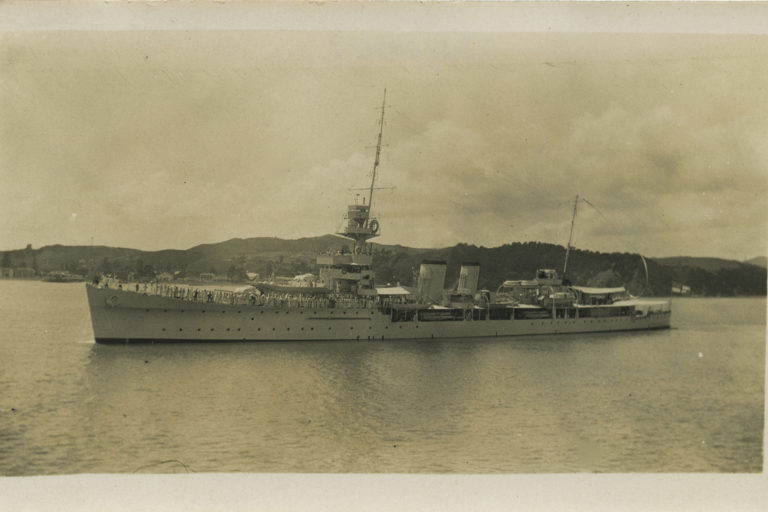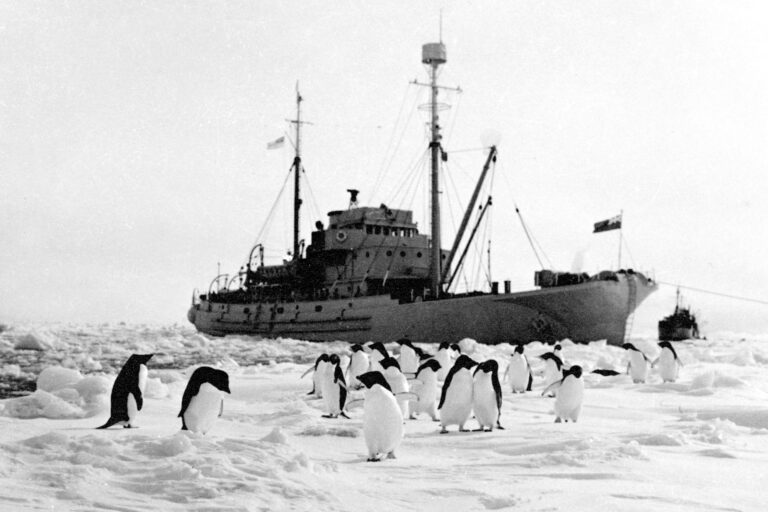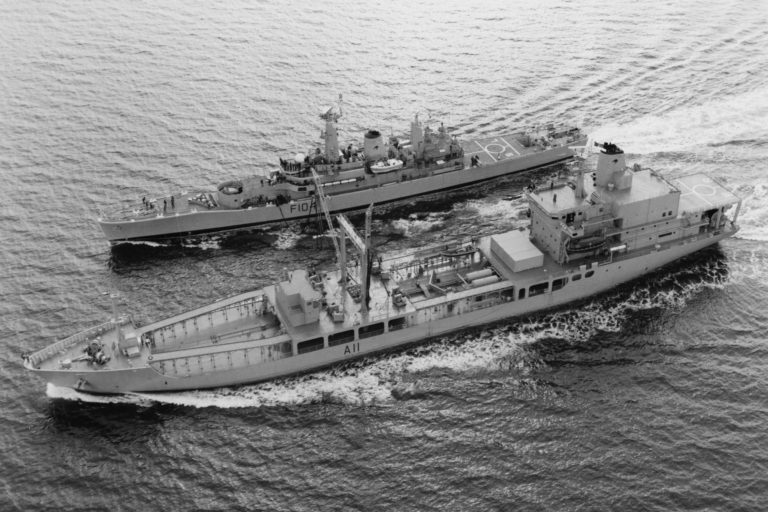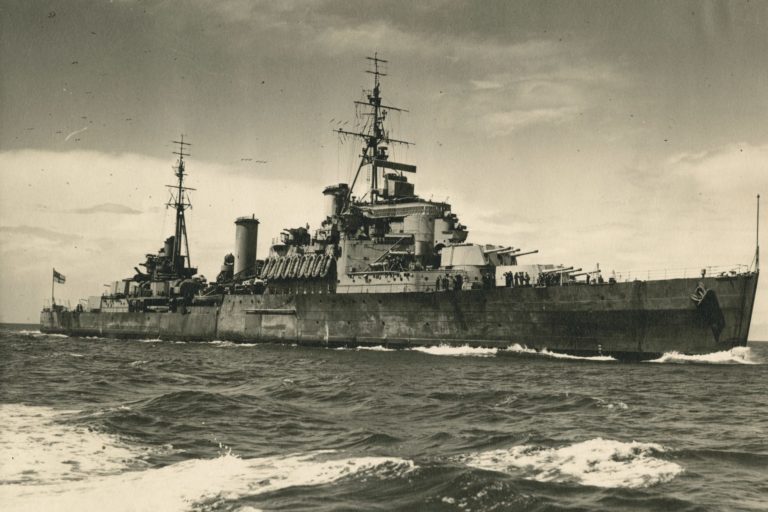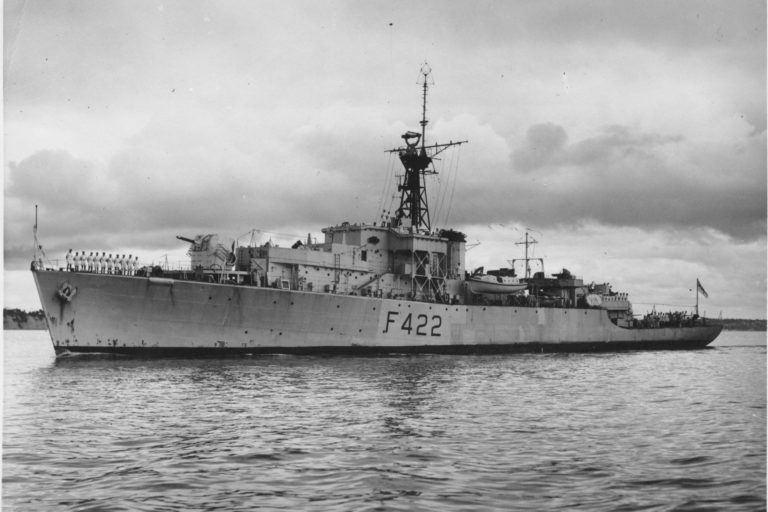As the Royal New Zealand Navy’s (RNZN) purpose-built fleet replenishment tanker, HMNZS Endeavour carried supplies and fuel for RNZN, Commonwealth and Allied surface units. She could resupply ships at sea, or in overseas ports from the 7,381 tons (7,500 tonnes) of fuel in her eight tanks, or the supplies held in the four containers on deck. Additionally, Endeavour could provide fuel to helicopters fitted with in-flight refuelling.
Ship Details
Class: Fleet Replenishment Oiler
Dimensions: 138 x 18.4m
Displacement: 7,300 tonnes empty, 12,300 tonnes laden
Draft: 4.5m empty, 7.6m laden
Speed: 14 knots
Range: 10,000 nautical miles (18,520kms) at 14 knots
Complement: 50 officers and ratings (13 officers, 10 senior and 27 junior ratings)
Propulsion: One Mann Burmeister and Wain diesel engine (5,300 hp)
Commissioned: 8 April 1988
Decommissioned: 30 December 2017
Aircraft: 1 x light helicopter
History
Endeavour was commissioned in Ulsan, South Korea on 8 April 1988, and set sail for New Zealand on 14 April. The ship was the third RNZN ship with the name Endeavour. The original ship was the HM Barque Endeavour that carried Captain James Cook, Royal Navy, on his first voyage to New Zealand. The ship was obtained quickly and relatively inexpensively by adapting a commercial tanker design. This meant building the ship to commercial standards and adding a naval replenishment at sea rig. The purchase of Endeavour was specifically to fill a capability shortfall of the limited range of the Leander-class frigates that the RNZN operated at the time.
In an area as vast as the South Pacific, the limited endurance of the Leanders was a significant capability shortfall. As an example, for the 1973 Mururoa nuclear test protest deployment the New Zealand frigate HMNZS Otago, then HMNZS Canterbury, had to be supported on station by the Royal Australian Navy tanker HMAS Supply.
Endeavour constituted a third of the tanker fleet in the south-west Pacific region. The other two tankers were Australian: HMAS Success, based on the east coast of Australia and HMAS Sirius, based on the west coast. Work was done to effectively provide Endeavour a double hull to satisfy International Maritime Organisation (IMO) requirements, albeit at the cost of reducing her fuel load. This modification extended the ship’s operational life out to 2013. The IMO began an accelerated phasing out of single-hulled tankers that carried petroleum products, such as Endeavour, by 2010, to comply with Maritime Pollution (MARPOL) regulations unless configuration changes were instigated. The NZ Transport Act 1994 requires the RNZN to comply with all maritime pollution conventions that the government is a signatory of, including MARPOL.
The inclusion of a support ship such as Endeavour can sustain other ships on presence operations without having to return to their home bases. In her 20 years of operations, the replenishment ship gave the RNZN the ability to increase warships’ reach and endurance by providing fuel and provisions throughout an operation. This capability is vital to partner nations, too, as the number of combatants has reduced in navies like the Royal Australian Navy and the Royal Navy.
Endeavour’s Capabilities
- 9500 cubic meters (cz – about 7500 tonnes) of NATO F76 diesel fuel
- 175 cz (about 150 tonnes) of F44 (AVCAT) AVIATION FUEL. Fuel was transferred while ships were underway utilising the replenishment at sea derrick to pass a fuel hose across to the receiving ship.
- Cargo and food, in four standard 20’ containers, two of which may have been refrigerated. Normal endurance for provisions was 14 days for fresh food, 4–6 weeks frozen food and up to three months for dry food. Typically a deploying frigate would stock up Endeavour’s containers then, when deployed, arrange for Endeavour to open the containers and send the stores across by jackstay.
- A flight deck, which allowed the transfer of stores via helicopter under slung load lift. However, the flight deck, built to cope with the small Westland Wasp helicopter, was not structurally certified to land on the SH-2G Seasprites.
- The capability to supply fresh water, too, by rigging portable pumps but not whilst the ship was underway. This capability was also limited to the rate at which the ship made fresh water, but it was used to support landing craft or other small ships.
- Onboard repair facilities – Endeavour had a limited engineering workshop. This was used during RNZN deployments to manufacture spare parts for accompanying ships.
Endeavour’s Accomplishments
1988
Endeavour was completed on 6 April 1988 at Ulsan, South Korea. The ship then sailed for Singapore, undertook a brief search and rescue for some Indonesian fishermen, embarked a full cargo of fuel and reached Auckland in May. The following August, Endeavour deployed with frigates HMNZS Waikato and HMNZS Wellington to Australia.
1989
Endeavour supported HMNZS Southland in the Southern Ocean while the frigate was conducting gill-net fishing patrols.
1990
Endeavour undertook disaster relief operations with the frigate Canterbury at Niue, Western Samoa and the Tokelau Islands after the devastation caused by Cyclone Val.
Bougainville [1]
In Operation Big Talk, Endeavour was involved in the seaborne peace talks during August 1990, along with the frigates Waikato and Wellington. Endeavour was the neutral venue for the actual negotiations. The accords that came out of the negotiations were known as the Endeavour Accords.
1991
Endeavour also supported the second Royal Australian Navy task group that deployed to the Gulf War in 1991. The Australian group deployed from Sydney and was joined by Endeavour for the long transit across the Australian Bight and across the Indian Ocean. Endeavour sailed with the group as far as Diego Garcia, and not only refueled the RAN warships, but served as a boarding target and as a high value unit for air defence exercises. The long passage south of Australia was an extensive work-up for the task group, as the coalition ships were thought likely to encounter Saddam Hussein’s air force in Operation Desert Storm.
1993
Endeavour proved the RNZN’s ability to deploy ships globally when she sailed with Canterbury for the Battle of the Atlantic anniversary international naval review at Liverpool, UK. The RNZN group sailed non-stop to Halifax, Nova Scotia, Canada (via Pitcairn Island and the Panama Canal) to join the Canadian ships sailing for Liverpool.
1997: Bougainville [2]
The New Zealand-led Peace Monitoring Group deployed to Bougainville in November 1997. Endeavour was tasked with providing logistics support to the naval task group as well as land and air forces based ashore. For the initial transit the ship was loaded up with army and air force stores, including land rovers secured on the flight deck. Petrol was embarked in drums, and trailers were secured at various points around the upper deck. The ship’s four containers were loaded up with stores for the naval task group whose deployment length was unknown in the initial deployment phase.
In the initial phase of the operation, Endeavour provided all the fuel required ashore. This included petrol for New Zealand Defence Force vehicles, diesel for Australian Defence Force vehicles and aviation fuel for the helicopter force. To maintain a supply of aviation fuel during the intensive flying by the helicopter force, Endeavour would replenish at sea from HMAS Success, which was kept out of sight for diplomatic reasons, then return alongside to continue with the provision of aviation fuel.
In addition to fuel, Endeavour provided fresh water ashore, landed her own ship’s company to assist with re-establishing infrastructure and also served as a location where NZDF troops could come, relax and have a shower. The diversity of tasks demonstrated the broad range of functions that the ship was capable of. The NZDF commander in Bougainville praised the ship’s efforts and commented to the commanding officer, Commander Kevin Corles, that it was unlikely that the operation would have been possible without the involvement of Endeavour.
1999: East Timor
Endeavour was involved in operations in September to October 1999 and January to February 2000, supplying fuel and stores to escort amphibious ships as well as land and air units. Not only did the tanker supply fuel to the coalition ships, she also provided fuel ashore by refueling road tankers embarked on landing craft brought alongside the ship. Reporter Patrick Smellie wrote in NZ Defence Quarterly (Summer 1999):
Perhaps of greatest practical importance, however, has been the role of naval tankers in supplying fuel to the energy-hungry INTERFET operation. With the Australians’ second tanker, HMAS WESTRALIA, out of action after a catastrophic fire in 1998, the tanker HMNZS ENDEAVOUR has been clocking up huge mileage running between Dili, Darwin, and Singapore, as the main supplier to HMAS TOBRUK, which was stationed off the Timor coast.
In addition to those notable operations, Endeavour was a regular participant in bilateral exercises such as Exercise Tasmanex and Ocean Protector and was readily interoperable with RAN ships. Since January 2002, for example, Endeavour provided 13398cz to RAN ships during exercises and operations. The tanker was highly valued by the RAN, particularly in the period when the RAN had only one operational tanker whilst the new Sirius was converted and commissioned into service.
The NZDF contribution to security in South-East Asia and the Fiver Power Defence Arrangements (FPDA), Endeavour participated in FPDA exercises 14 times and on occasion was the only participating tanker. She routinely passed fuel to British warships (1005 cz to the Royal Navy since January 2002) and proved her interoperability with Malaysian and Thai ships. Endeavour took part in naval South Pacific deployments, to demonstrate New Zealand’s commitment to the region in 1989, 1997 and 2003. Similarly, the ship resupplied Department of Conversation staff on Raoul Island in 1989, 1995, 2000 and twice in 2003. Another example of the ship’s versatility came during the grounding of the log carrier Jodi F. Millennium off Gisborne in July 2002. As part of the effort to refloat the grounded ship, some of its fuel was transferred to Endeavour.

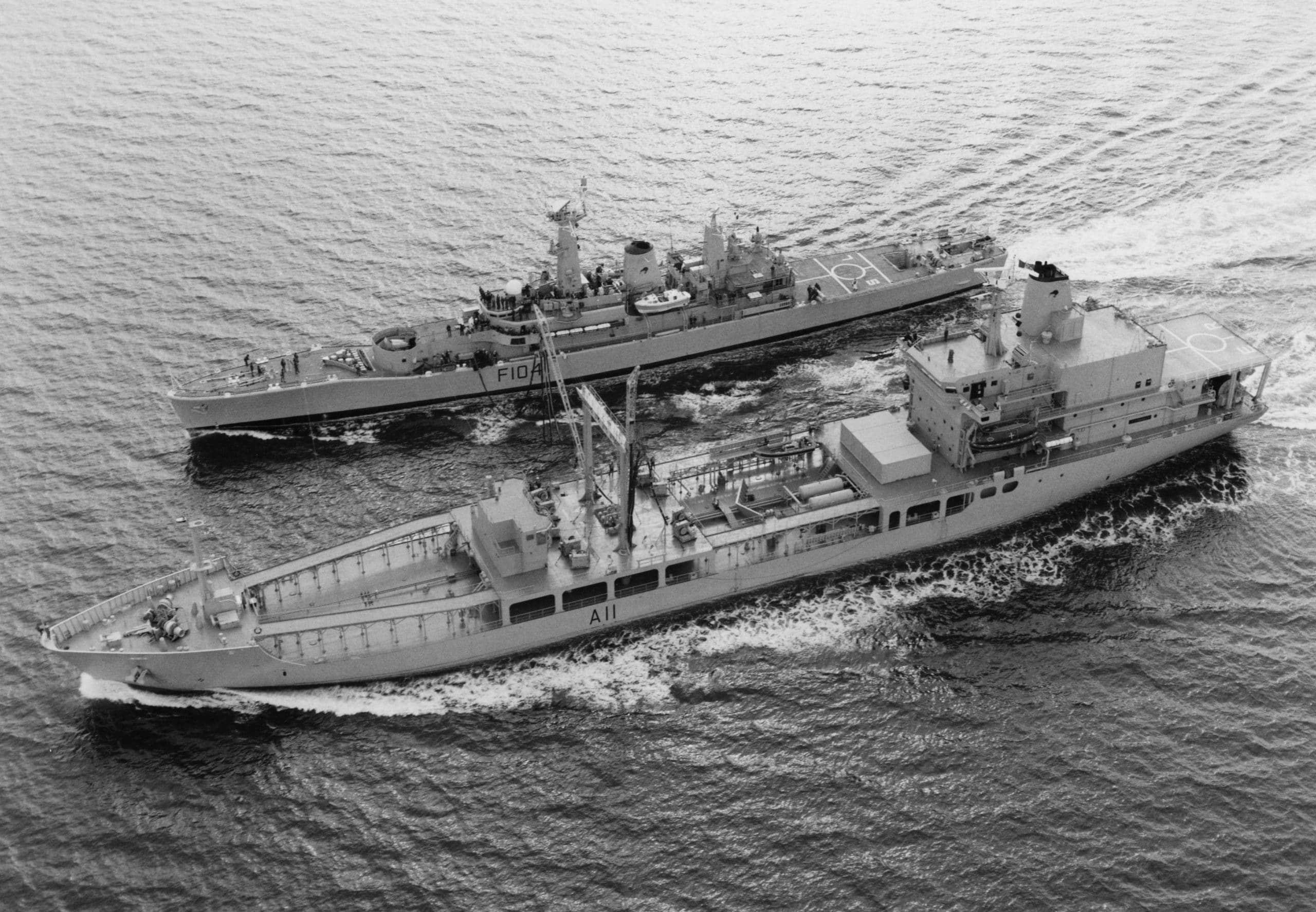



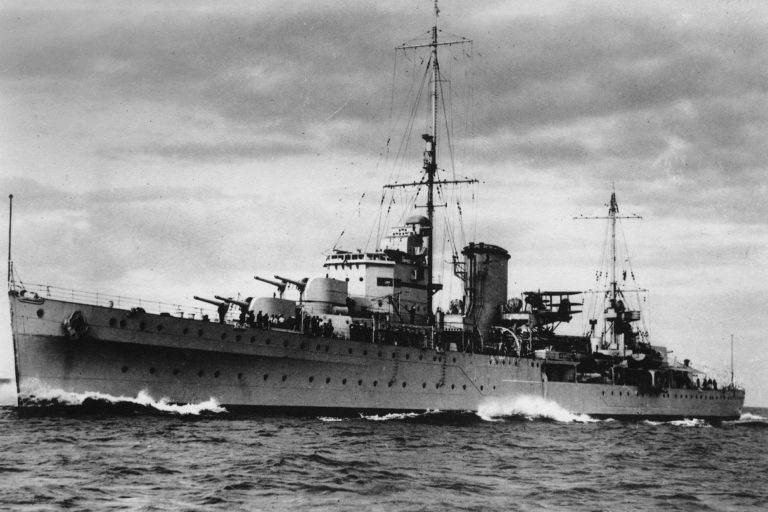
![Amokura Training Ship Amokura [formerly HMS Sparrow]](https://navymuseum.co.nz/wp-content/uploads/amokura.jpg)
